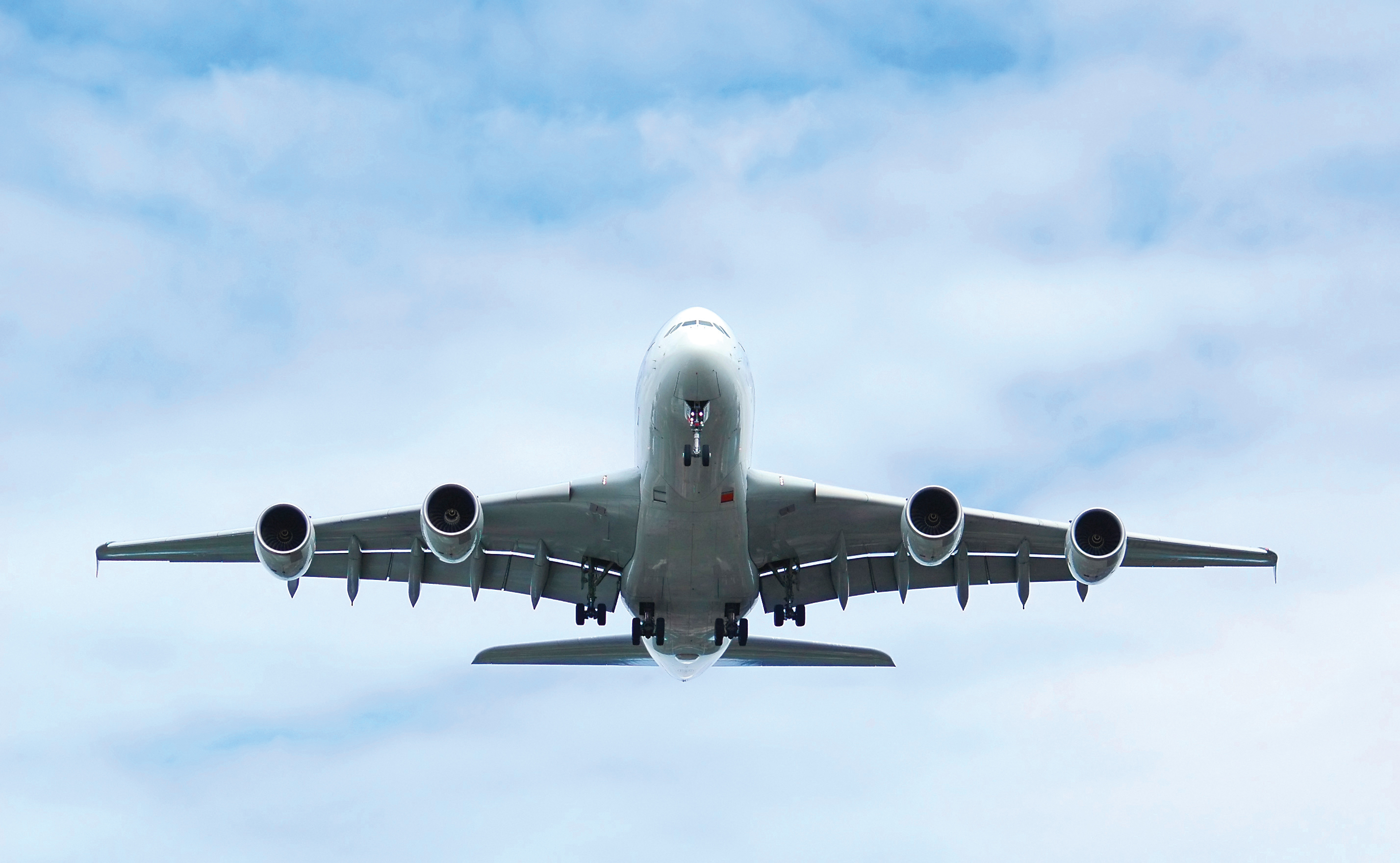The Theory of Everything
Dr. Robert M. Gresham, Contributing Editor | TLT Lubrication Fundamentals October 2016
Osbourne Reynolds’ 113-year-old equation not only solves physics puzzles, it allows for many wonders of our modern world.

© Can Stock Photo Inc. / the_guitar_mann
DEMYSTIFYING THE MECHANISMS that take place as two moving surfaces devolve from hydrodynamic to boundary to extreme pressure to metal-on-metal contact is not a trivial mental exercise. It is critical to have an understanding of the role of fluid viscosity and its interrelationship with additives, both reactive and non-reactive.
First to consider is the study of rheology and the concepts that make up elastohydrodynamic lubrication. This also is one aspect of the broader field of fluid dynamics, which deals with the motion of all liquids and gasses. How is it that tribologists were able to figure that stuff out? Many of the key answers began with a guy named Osborne Reynolds.
Reynolds was sort of a deep thinker. A British scientist and engineer who primarily studied fluid dynamics, Reynolds developed a Theory of Everything that he published in a 1903 Cambridge paper titled The Sub-Mechanics of the Universe. A popularization of his theory appeared in another paper published that year by Cambridge titled An Inversion of Ideas as to the Structure of the Universe.
 Osbourne Reynolds (1842-1912)
Osbourne Reynolds (1842-1912)
His equations allow for antigravity, a space drive, faster-than-light speeds and an unlimited source of energy.
Reynolds' theory explains many of the puzzles of modern physics and allows for antigravity, a space drive, faster-than-light speeds and an unlimited source of energy. Simple stuff, just to stave off attacks of ennui.
In any event, in terms of fluid dynamics, Reynolds developed equations that showed the relationship between inertia and viscosity. In its classical form:

Don’t leave me just yet! By just looking at the terms in the equation, you can make some pretty good guesses about its meaning without being an Einstein or, in this case, a Reynolds. The Reynolds Equation says that with density we can have some fluid material (air, water, oil, etc.) that has mass (kilograms per cubic meter-density units) moving with a velocity (meters per second) over some distance (meters) divided by viscosity (kg/m/sec), which, remember, is the resistance to flow. Viscosity, then, is kind of like a force (remember from high school physics F=MA or force = mass (kg) times acceleration (meters/sec
2))? So it works out that viscosity is like force per second. The point is that we can learn quite a lot about how fluids work from this equation.
One of the things that Reynolds also learned is that for a given fluid system, when the Reynolds Number is large it can mean that the fluid must be moving rapidly, and when that happens turbulence can occur. One immediately thinks of whirlpools, cyclones and tornados.
This Reynolds Number indicates the ratio or relative importance of the flow’s inertial forces to its viscous ones. (A flow’s inertial force is calculated by multiplying together the fluid’s density and the square of its velocity and dividing this product by a characteristic length of the flow, such as the width of an airfoil, if the flow is air over an airplane wing.) Large inertial forces, relative to the viscous ones, tend to favor turbulence, whereas high viscosity staves it off. Put another way, turbulence occurs when the Reynolds Number exceeds a certain value. The number is proportional to both the size of the object and the flow velocity.
For example, the Reynolds Number for air flowing over the fuselage of a cruising commercial aircraft is in the neighborhood of 100 million. For the air flowing past a good fastball, the Reynolds number is about 200,000. For blood flowing in a midsize artery, it is about 1,000 (
1).”
Have you ever noticed how water can flow from a bathroom faucet without an aerator? Open the faucet fully and the water tumbles out of the spigot filling the sink with foam and ripples—that is the result of turbulence. Now slow the flow until you get a smooth glassy column of water flowing down into the water in the sink with almost no ripple at all. The column is so smooth it almost appears not to be moving. This non-turbulent flow is called laminar flow—usually a good thing. Reynolds figured these things out and learned how to measure, understand and predict the flow of fluids.
Tribologists perform similar kinds of calculations to characterize the flow of oil in bearings, hydraulic systems and related kinds of systems where proper flow is important. For example, in hydraulic systems we generally try to control turbulence because it can lead to poor flow of the hydraulic oil, stress on seals and valves, vibration, cavitation, foaming and probably some other problems that I haven’t thought of. In bearings, it can lead to starvation of the contact area. This is because we might have insufficient flow into the contact area, or air could be entrained causing a poor fluid film. Additionally, similar calculations allow tribologists to predict film thickness in the contact area and thereby ensure that sufficient lubrication will take place for a given component design and lubricant.
The second consideration is the still emerging field of nanotribology. Nanotribology deals with the chemistry and processes that take place at the molecular level of surface contact. In future articles, I will try to put into perspective the importance of this research and discuss some of the key issues and challenges, such as scaling up what is learned at the nano scale to the macro scale.
1.
Moin, P. and Kim, J. (1997), “
Tackling turbulence with supercomputers,” Scient. Amer.,
276, 1, pp. 62-68.
Bob Gresham is STLE’s director of professional development. You can reach him at rgresham@stle.org.